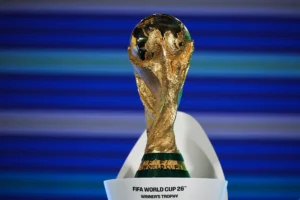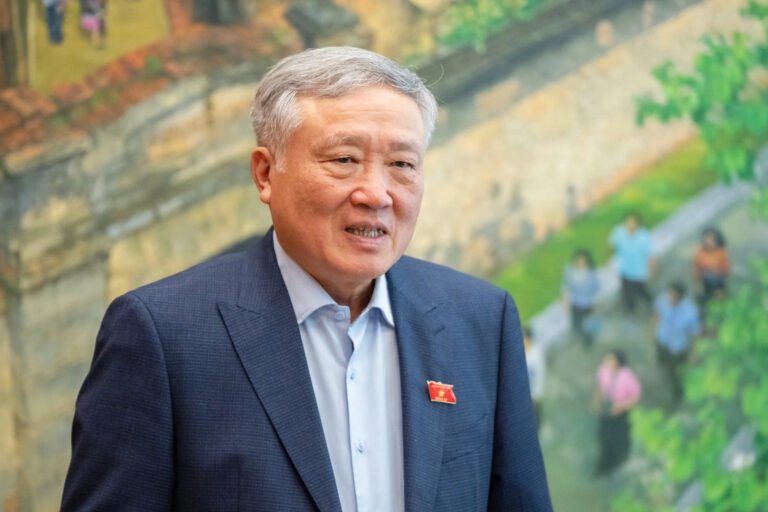Vietnam is planning to establish a new international financial center (IFC) that will operate from two cities: Ho Chi Minh City and Da Nang. This model, called “one center, two destinations,” aims to attract global investment and boost the country’s economic growth.
On June 11, the National Assembly discussed a draft resolution to create this IFC. Deputy Prime Minister Nguyen Hoa Binh said Vietnam has the conditions needed to build a world-class financial hub. Currently, there are 119 financial centers worldwide, and Ho Chi Minh City is already considered one of them.
The IFC will help bring international capital into Vietnam and support the country’s goal of double-digit economic growth. It will also promote advancements in science, technology, innovation, and digital transformation.
The government plans for the IFC to rank among the top 75 financial centers globally by 2035 and reach the top 20 by 2045. Ho Chi Minh City will provide a full range of financial services, while Da Nang will specialize in green finance. Both cities will be governed by a central board to prevent competition and ensure smooth operations.
The draft resolution includes special policies on foreign exchange, banking, taxation, immigration, labor, land use, construction, and environmental regulations. It also sets up key institutions such as an executive agency, a supervisory agency, a specialized court, and an international arbitration center.
Officials stressed the importance of acting quickly to avoid missing the opportunity to compete with financial hubs like Shanghai, Singapore, and Dubai. There are risks, including the possibility of unstable short-term capital flows and pressure on the Vietnamese dong from currency conversions. However, the government has prepared risk control measures to manage these challenges.
The IFC aims to mobilize international capital to support domestic economic development and create a stable financial market. Even moderate success would represent progress for Vietnam’s financial sector.







